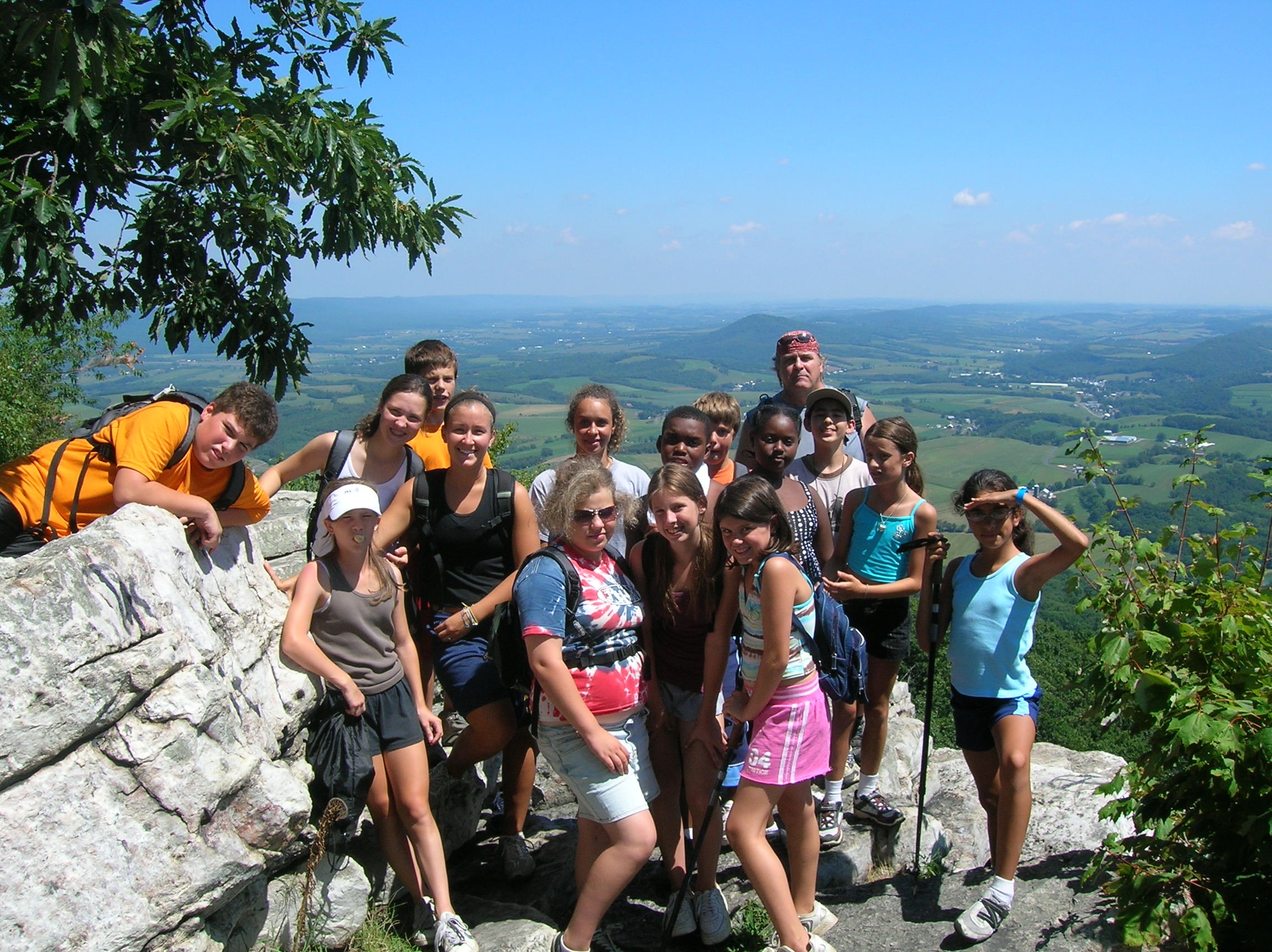
The park and recreation profession is a diverse and comprehensive industry that improves personal, social, environmental, and economic health; promotes unifying and comprehensive solutions to societal issues; and advances standards of living wherever its unique contributions are sought and valued.
In preparation for developing a series of statewide issue-based strategic plans, I am enlisting help to articulate the big-picture issues that continue to restrict the industry’s full potential.
These issues, here in draft form, but when objectively presented and referenced, may then serve as a starting point to build political and operational strategies to improve the overall capability of the industry’s delivery of comprehensive benefits.
Please add your suggestions below to clarify or refute these issues or identify others, as well as for supporting references and strategies; or send them by September 30 to
herd@prps.org.
1. Universal Value Recognition
A) Most governmental agencies and public service organizations do not readily recognize or identify a positive contributory role within their purview for parks and recreation as a go-to industry to help meet modern social issues (i.e. health, social services, public works, community development, etc.); and B) While the profession is an essential community service and problem-solver, and one of the highest enablers of wellness and life satisfaction, many professionals and volunteers don't sufficiently engage in their responsibilities to evidence that belief.
2. Effective Business and Leadership Modeling
The traditional business model of park and recreation services is outmoded and ineffectual, as is the paradigm of autocratic leadership in a pluralist society. Many agencies lack the abilities to assimilate best management and leadership practices from nongovernmental applications, and to create publicly responsive and relevant value propositions, a performance-driven organization, sustainable funding, and compelling community leadership.
3. Sufficient and Sustainable Funding
Lack of adequate funding prolongs and exacerbates social inequities, environmental harm, and unsafe and poorly maintained facilities. It stifles economic prospects, innovative solutions, new opportunities, and responsive services, as well as the vocational appeal to new careerists.
4. Industry-wide Integration
The comprehensive park and recreation industry includes many diverse disciplines and related fields, but a lack of full and continual interagency and interdisciplinary awareness, cooperation and integrated services impedes the highest effectiveness and influence of the entire profession.
5. Professional development
Many routes lead into the dynamic industry in a changing society, but many professionals do not actively develop leadership and maintain adequate training in all competencies. Many do not seek further training after their formal educations, keep up with changes and trends in the profession, or sustain their own active learning or self-improvement plans, which effectively and continually diminish their own capabilities and influence.
6. Community Resilience
Cities and communities everywhere are facing unprecedented environmental, social, and economic challenges, which in turn make them more vulnerable to degradation and less able to restore, let alone improve, complex services and systems that meet high livability standards. In its unique central role, the park and recreation profession unites people across social, racial, and economic divides, and can be a catalyst to help communities become more resilient and better adapted to thrive.
7. State and National Leadership
While the National Recreation and Park Association provides leadership in many national issues, it remains a challenge for statewide professional associations to rise to a similar position of influence in state and regional matters. Without establishing the state association as a readily recognized industry leader and trusted change agent, interpreter of societal trends, and advocate of public policy, it cannot achieve its fullest potential in relevant capacity and profound influence for its members, profession and public.
Thank you very much for your thoughtful response!
 The park and recreation profession is a diverse and comprehensive industry that improves personal, social, environmental, and economic health; promotes unifying and comprehensive solutions to societal issues; and advances standards of living wherever its unique contributions are sought and valued.
In preparation for developing a series of statewide issue-based strategic plans, I am enlisting help to articulate the big-picture issues that continue to restrict the industry’s full potential.
These issues, here in draft form, but when objectively presented and referenced, may then serve as a starting point to build political and operational strategies to improve the overall capability of the industry’s delivery of comprehensive benefits.
Please add your suggestions below to clarify or refute these issues or identify others, as well as for supporting references and strategies; or send them by September 30 to herd@prps.org.
The park and recreation profession is a diverse and comprehensive industry that improves personal, social, environmental, and economic health; promotes unifying and comprehensive solutions to societal issues; and advances standards of living wherever its unique contributions are sought and valued.
In preparation for developing a series of statewide issue-based strategic plans, I am enlisting help to articulate the big-picture issues that continue to restrict the industry’s full potential.
These issues, here in draft form, but when objectively presented and referenced, may then serve as a starting point to build political and operational strategies to improve the overall capability of the industry’s delivery of comprehensive benefits.
Please add your suggestions below to clarify or refute these issues or identify others, as well as for supporting references and strategies; or send them by September 30 to herd@prps.org.
